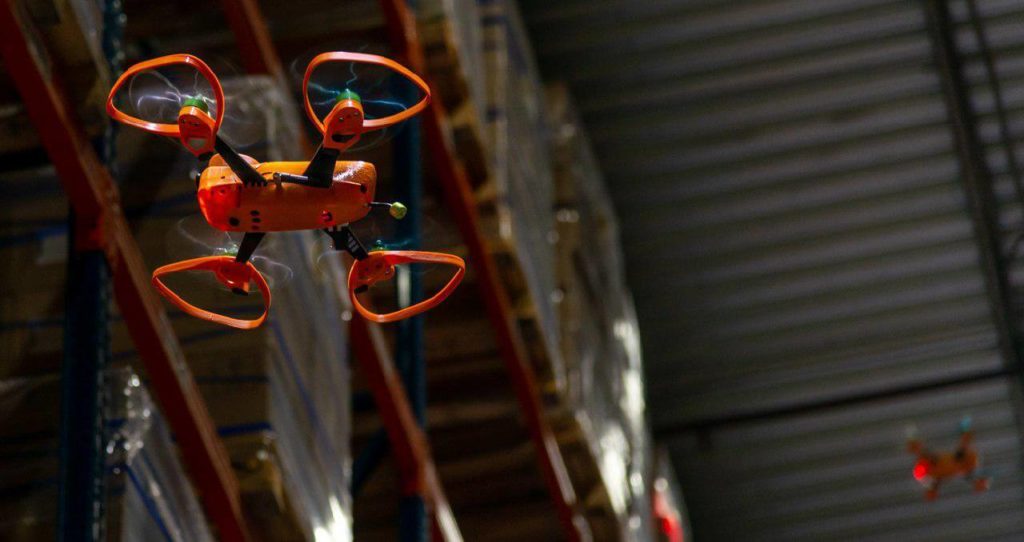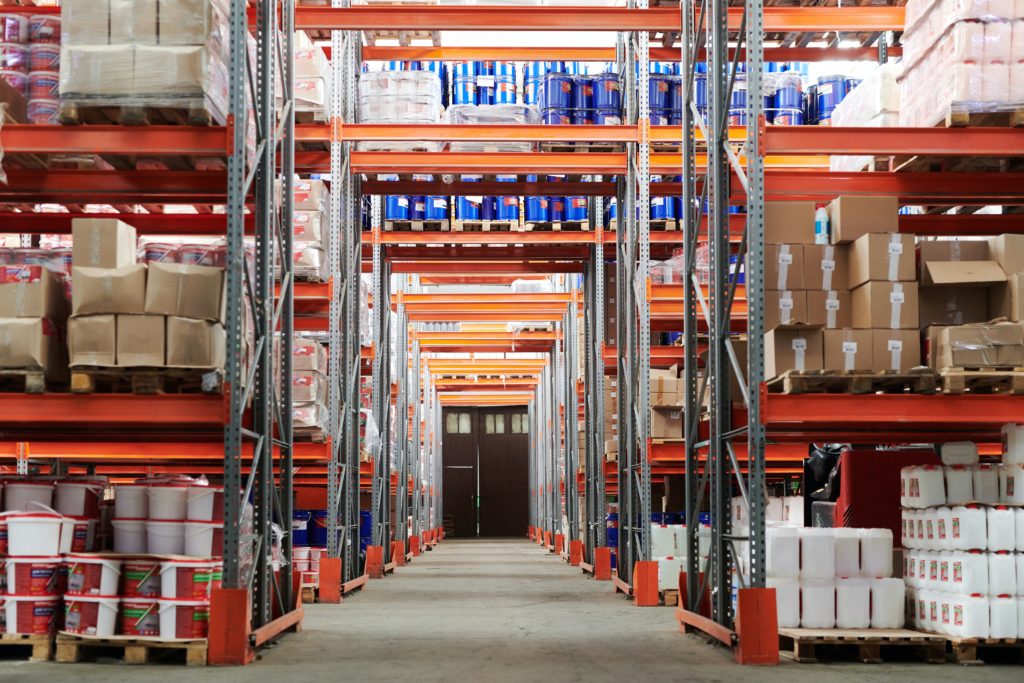Trying to decide on how to integrate innovative technologies into business in the most beneficial way, managers oftentimes find themselves asking a reasonable question: “Which course is better: to rely entirely on technology or let humans retain control over the majority of functions?”
Your answer to this question will determine areas of responsibility and, what’s more, it may make the difference between the stunning success and total failure of a particular innovation. Why so? Because it’s crucial to consider your business context and conditions when adopting a new technology.

Kirill Bondarenko | Technology Expert
Book consultation
With that in mind, today we will try to provide an insight into how to choose a better warehouse stocktaker. When is it worth training AI to send the autonomous drone on the preset courses? When is it reasonable to hire a professional to pilot a drone manually? How not to come off a loser and invest in the right approach?
When a professional pilot is a good choice
We’ll take a solution by UVL Robotics as an example. A stock take at an indoor warehouse makes a lot more sense and turns to be more cost-effective when assigned to a pilot.
- Poor GPS signal. A GPS signal struggles to get through the walls indoors, making it impossible to use any basic drone. Pilots, however, can use a built-in independent positioning system to navigate around, without any need to rely on satellite connection.
- Fast result. Autonomous drones can’t be rushed: their moves are slow and steady. If you can’t wait to get the job done, the pilot will help. Pilots are well acquainted with drone racing, have a trained eye, and know how to navigate through small spaces at high speed.
- Frequently rearranged warehouses. An autonomous solution uses a custom warehouse layout, which works for the warehouses that haven’t changed its structure for years. If, however, a warehouse is often restructured and the logic of pallet storage drastically changes, it will cost a fortune to train a drone to navigate a new storage system each time. In this case, a pilot is a better option, since no expensive AI training is required.
- Service model. Taking it as a service means that you invite a pilot with a drone on a convenient day, agree on the area to be inventoried, and enjoy the result in a few hours.
Remember that using a drone requires specific professional skills. Usually, all professional pilots have experience in drone racing, like that colleague I worked with at a demo in the UAE, who knows both piloting and engineering. Stocktaking is not a big deal with these skills. Once you have learned how to ride a mountain bike and jump over rocks just like that, an ordinary ride in the park becomes easy stuff, if not a dull routine.

Autonomous drone for the warehouse
If you like an idea of having a company drone at your service, consider the following conditions to make this new solution a success:
- Strong GPS signal. It’s just a nice thing to have, because it will save you a lot of headache.
- Patience and readiness to train the drone. To finally see a drone carefully flying around your warehouse on autopilot and doing tasks all by itself, you will have to be patient, because it takes time for a drone to learn your warehouse layout. Read more about training autonomous drones in our post “How stores can get the most from innovative technologies by using drones at warehouses and robots in shopping areas“. But remember that a drone on autopilot simply can’t operate as fast as one controlled by a pilot.
- Warehouse has a permanent layout. In this case, a custom navigation system is created for the warehouse, with a dataset collected, warehouse model designed (to help the drone track its location), and grid reference provided. Reference points can be established by sticking tags across the warehouse or embedding those into a layout model. If the layout or pallet location changes, repeat the procedure to update the drone with the most recent information.
- Project framework. It takes two month to deploy a solution with an autonomous drone (may vary depending on the complexity of the warehouse), which includes data collection, neural network training, solution testing, and fine-tuning.
Note that deploying autonomous drones is a full-fledged project, which will also require a team of specialists. Collecting a dataset is just the beginning, as you also need to train the drone and make it understand that the task is to search for barcodes and find them.

How much does it all cost?
An autonomous drone might cost you more, because of the effort required to implement this solution. However, it will pay off, if implemented in specific warehouses: hazardous chemicals storage, oxygen-free, or extremely cold rooms.
For a common warehouse, the service model is more cost-effective, when a pilot visits the site on a certain day and conducts inventory. At the end of the day, you get the final report matched to your system, while enjoying cost savings as well, since you haven’t had to halt the operation of an entire warehouse for several days of stocktaking. Speed, accuracy, and resource savings are worth the price.
If you are interested in trying drones at your warehouse, please feel free to make an appointment and ask any questions you may have.
